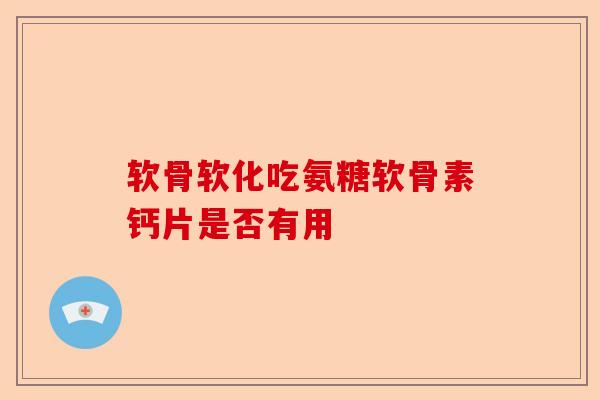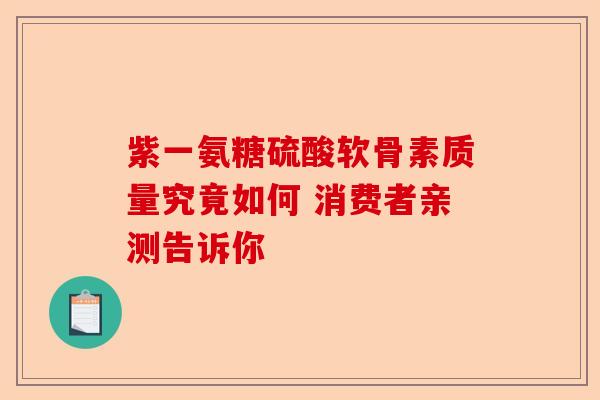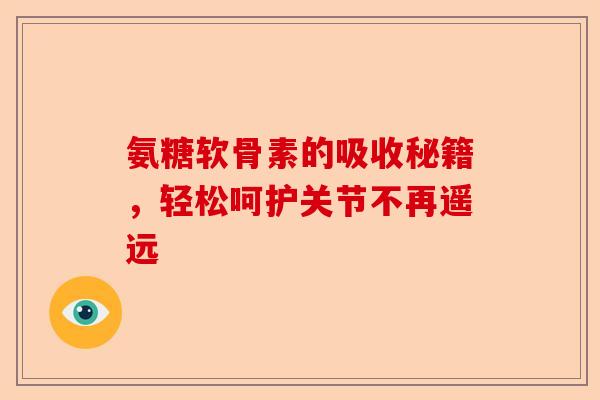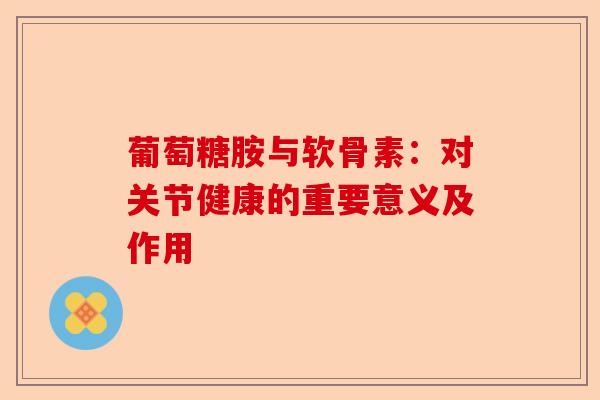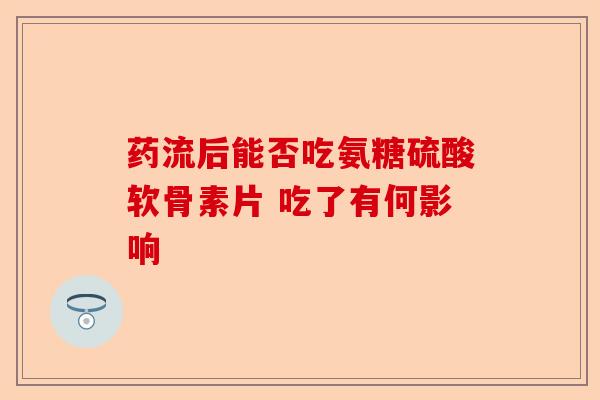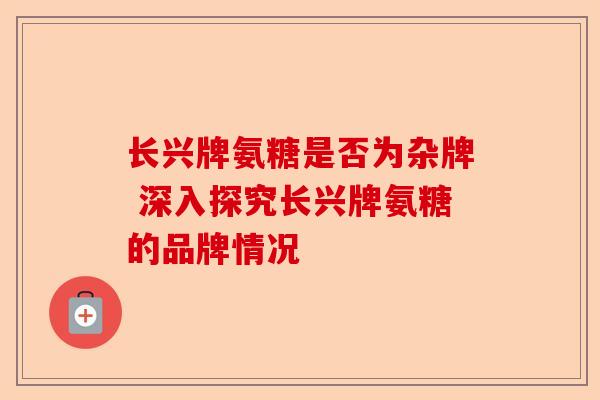Introduction
The sternoclavicular joint is located at the point where the sternum and the collarbone meet. It is essential for shoulder function and overall mobility. However, sometimes this joint can become dislocated, causing pain and limiting mobility. Fortunately, there is a technique called sternoclavicular joint reduction or relocation that can alleviate the symptoms. In this article, we will discuss this technique and provide a step-by-step guide on how to perform it.
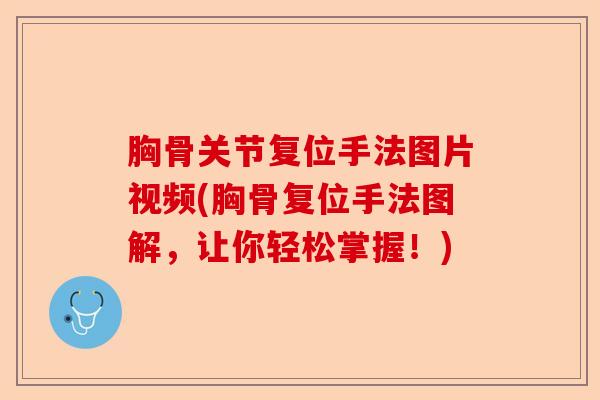
Understanding the Sternoclavicular Joint Dislocation
Sternoclavicular joint dislocation occurs when the collarbone slides out of its position at the sternum—the bone that connects the ribs. This dislocation can happen due to trauma or injury, such as a car accident, sports injury, or a harsh fall on the shoulder. People with certain medical conditions such as Ehlers-Danlos syndrome or Marfan Syndrome are also more prone to this dislocation. Symptoms of sternoclavicular joint dislocation include pain, swelling, tenderness, and a visible bump at the joint.
When should you perform a sternoclavicular joint reduction?
After a sternoclavicular joint dislocation, it is crucial to determine whether the joint is stable or unstable before performing a reduction. If the joint is stable, which means it stays in its new position without the support of any external devices, then surgery may not be necessary. Instead, your doctor might recommend you wear a sling or brace for several weeks to immobilize the joint and allow it to heal. However, if the joint is unstable, which means it is highly likely to dislocate again, surgery might be required. In any case, it is best to consult a doctor or medical professional before attempting a sternoclavicular joint reduction.
The Step-by-Step Guide to Sternoclavicular Joint Reduction
1. Place the patient in a supine position with a pillow or folded towel under their shoulders to expose the sternoclavicular joint.
2. An assistant should hold the patient's shoulder down to stabilize it during the reduction.
3. Stand on the side of the dislocated shoulder and place your thumb on the affected sternoclavicular joint to feel for the dislocation.
4. With your other hand, grasp the patient's elbow and slowly but firmly pull the arm outward and upward, away from the body. This action will cause the collarbone to move in a posterior direction or backward.
5. Your thumb should remain on the sternoclavicular joint to monitor the reduction or relocation process.
6. Continue pulling the arm outward and upward, and apply gentle pressure on the dislocated sternoclavicular joint with your thumb until you feel a palpable click or clunk as the joint relocates.
7. After the joint has relocated, release the arm and monitor the patient to ensure the reduction has been successful. X-rays may also be taken to verify that the joint has returned to its normal location.
Conclusion
Sternoclavicular joint dislocation is painful and can limit mobility, but with the sternoclavicular joint reduction technique, patients can find relief from their symptoms. However, it is important to note that this technique should only be performed by a trained medical professional in a supervised and controlled setting. If you suspect you have a sternoclavicular joint dislocation, please consult a doctor or medical professional for proper diagnosis and treatment.
标签: 氨糖配着什么吃 尿路感染能吃氨糖吗女 古方氨糖


